At first glance, hana sushi might look like a delicate piece of art rather than something you’d expect to eat. But in Japan, this beautifully crafted roll has a special place at celebrations and seasonal gatherings. With vibrant colors and intricate patterns, it’s more than just sushi—it’s a glimpse into a unique culinary tradition. Read on to discover the charm behind this eye-catching dish.
What is Hana sushi?

Hana sushi is a decorative type of sushi roll where ingredients are arranged to form flower-like and artistic patterns. Originating in the Boso Peninsula of Chiba Prefecture, it is traditionally made with local ingredients for special occasions such as festivals. While originally focused on floral designs, modern versions often feature animals and popular characters, appealing to people of all ages. Its ingredients are similar to regular rolled sushi, including vinegared rice, seaweed, pickled vegetables, thin omelets, dried gourd strips, denbu (pink fish flakes), and shiitake mushrooms.
Hana sushi History
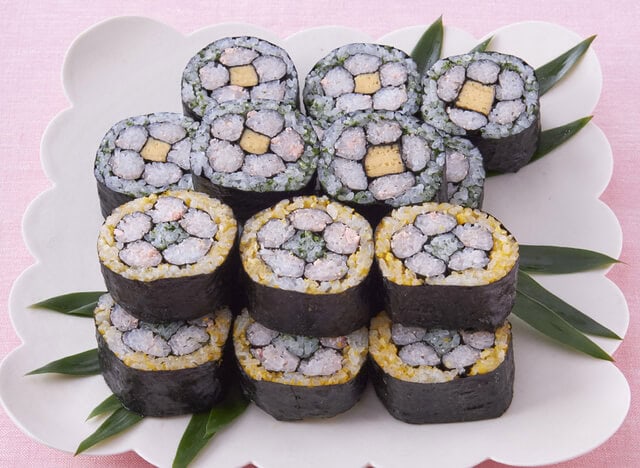
The origins of hana sushi are closely tied to the history of makizushi, a style of sushi made by rolling vinegared rice and various ingredients in nori seaweed using a bamboo mat. Makizushi is believed to have emerged during the late Edo period (18th to 19th centuries). In Japan, regional variations developed over time, with thinner rolls common in the Kanto region—where the Boso Peninsula is located—and thicker rolls more typical in the Kansai region. Fishermen introduced Hanazushi to the Boso Peninsula from Wakayama Prefecture, a part of Kansai, who came to the area to catch sardines, bringing with them the tradition of thick, decorative sushi rolls.
FAQ
- What is Hana Sushi?
-
Hana Sushi from Chiba’s Bōsō Peninsula features ingredients arranged to create flower patterns or designs. Traditionally served at festivals and celebrations, it now includes animals and popular characters, appealing to all ages.
- What are the main ingredients and how is Hana Sushi made?
-
The ingredients mirror typical rolled sushi: kanpyō, denbu, shiitake, vegetables, tamagoyaki, and nori. Preparation involves arranging rice mounds on nori or tamagoyaki, adding fillings between them, and rolling everything together. Slicing reveals the distinctive flower patterns.
Hana sushi Recipe
Hana Sushi Ingredients
| Ingredients for 1 person | Measurements |
|---|---|
| Sushi rice (white) | 350g |
| Sushi rice (pink) | 240g |
| Tamagoyaki (Japanese omelet) | 60g |
| Nori (seaweed sheets) | 20g |
| Green vegetables (e.g., spinach or shiso) | 60g |
| Sliced pickled radish (for flower petals) | 40g |
How to make Hana Sushi?
Place a small amount of white sushi rice on top of the tamagoyaki to help it adhere. Lay half a sheet of nori on top of the tamagoyaki, then add about one-quarter of the pink sushi rice on top of the nori. Roll it into a tight ball or cylinder. Place the green vegetables along one side of the roll.
On a full sheet of nori, place the sliced pickled radish strips (they will become the petals) in the center. Add pink sushi rice evenly to both sides of the radish to shape the petal structure. Cover this arrangement with another sheet of nori.
Spread the remaining pink sushi rice onto half of a nori sheet. Flip it over so the rice side is down. Place the green vegetables on one side. Using a sushi rolling mat, carefully roll everything together—holding the mat with one hand while shaping and pressing the filling gently with the other hand. Tighten and shape into a flower cross-section.
Takeaway
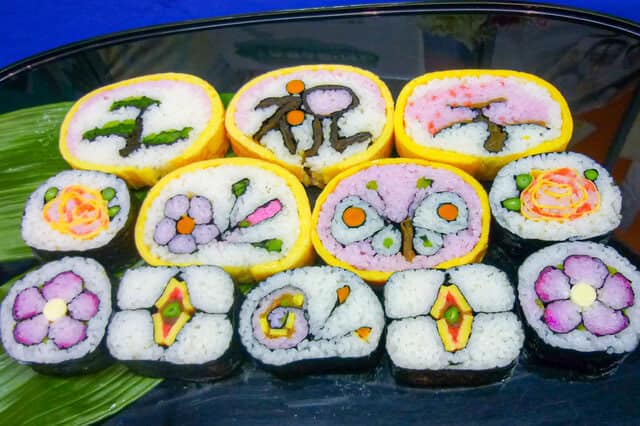
Hana sushi is a perfect example of how food in Japan can be both delicious and visually stunning. Whether served during festivals or crafted for special occasions, each roll reflects the care and creativity behind it. If you ever find yourself in Japan, don’t miss the chance to try Hana sushi for yourself—it’s an experience that delights both the eyes and the taste buds.
If you enjoyed learning about Hana sushi, you might also want to explore other visually stunning Japanese dishes like chirashizushi, kazari inari, or seasonal wagashi—they’re just as delightful to see as they are to taste.
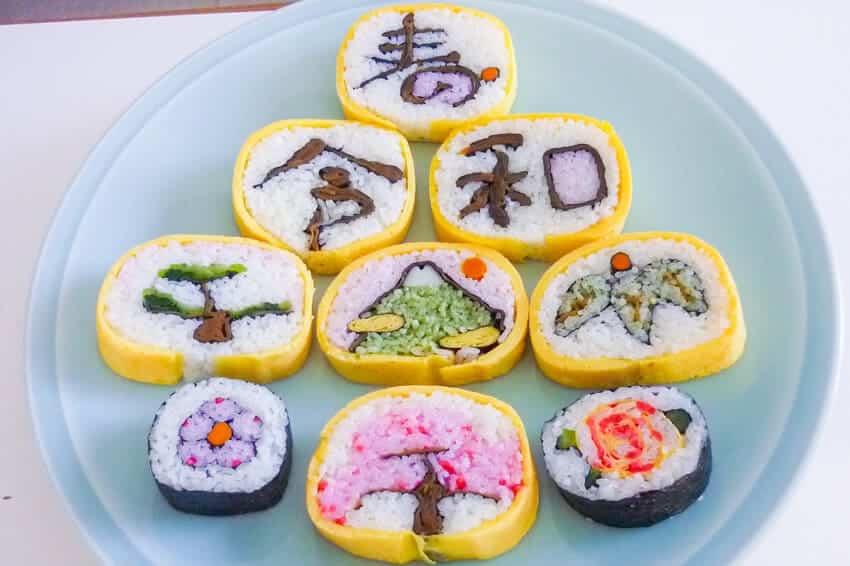
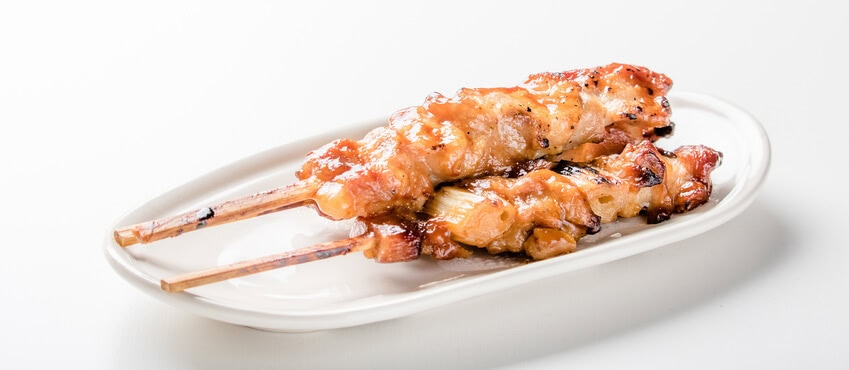
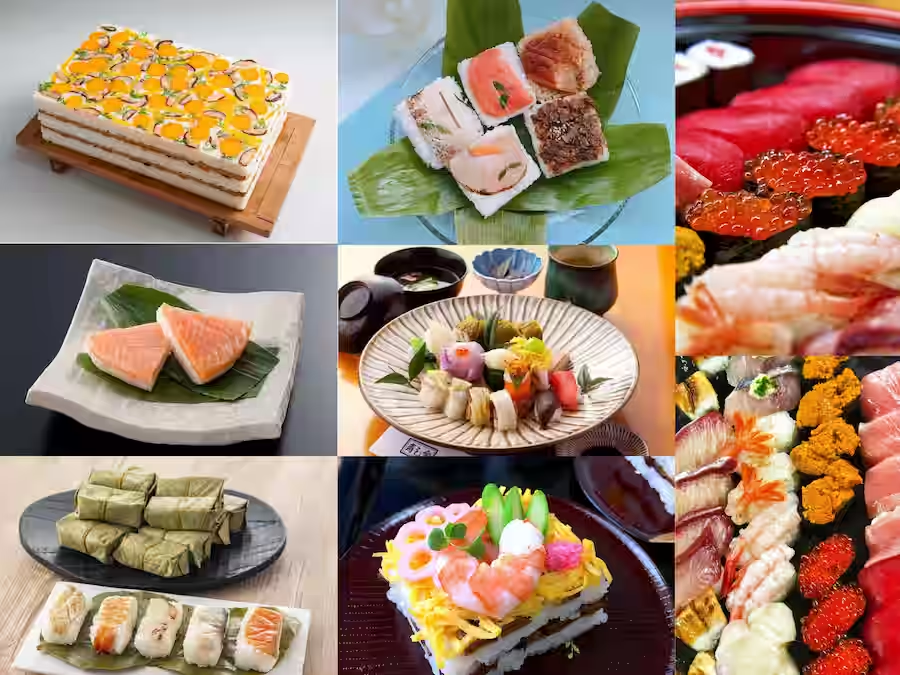
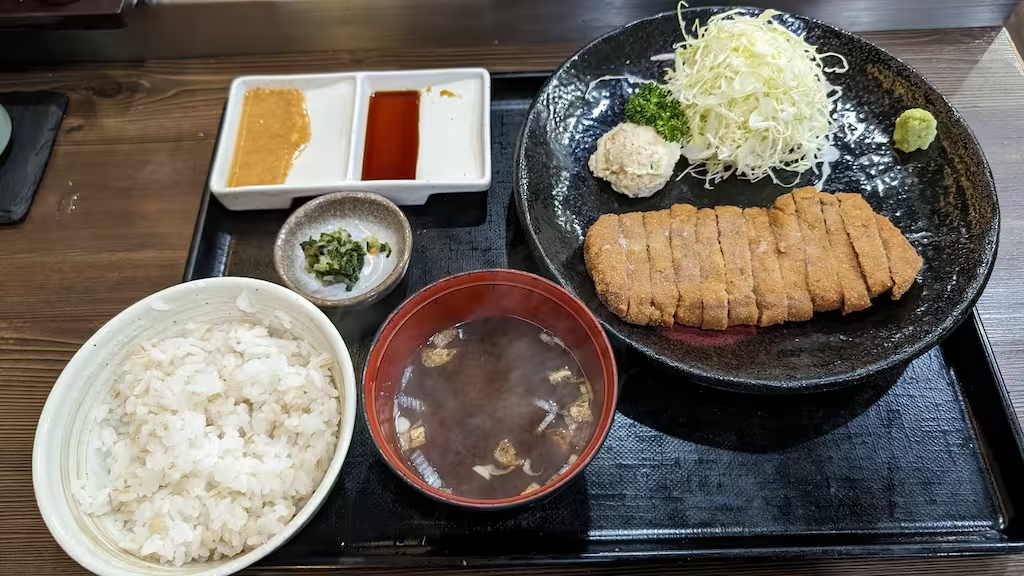
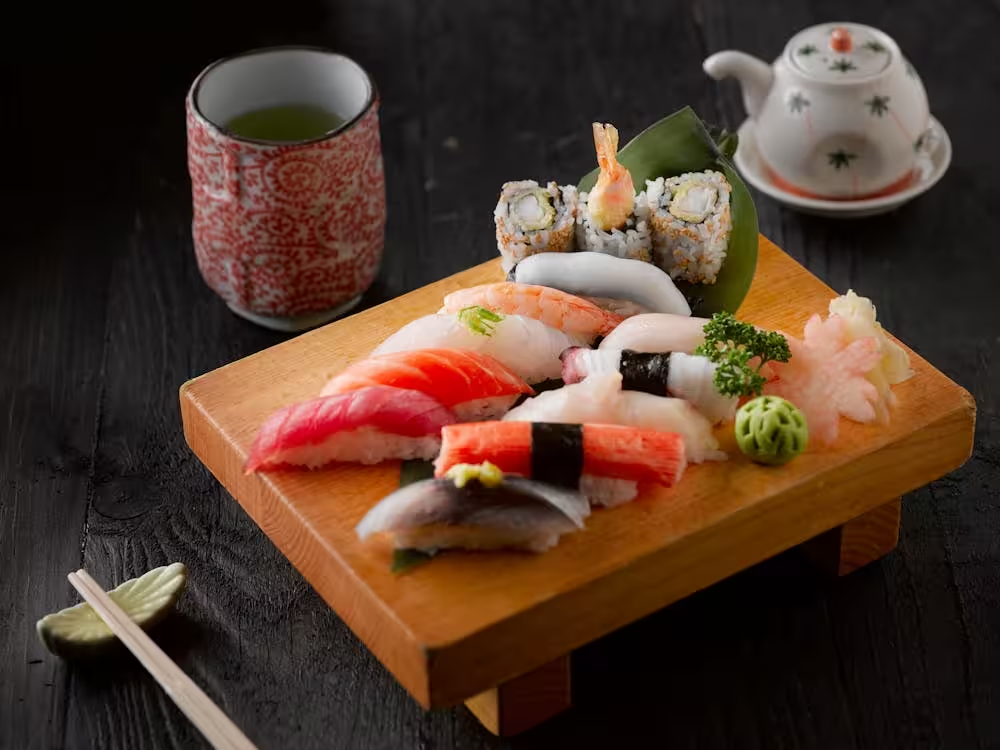

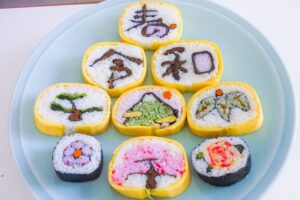

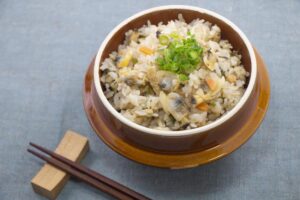
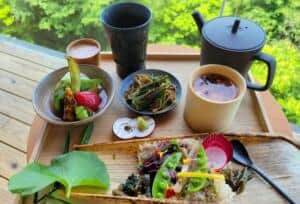
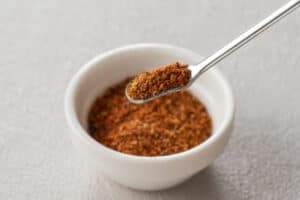

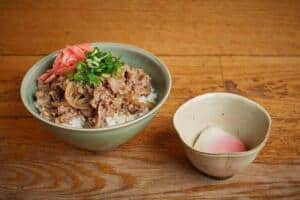
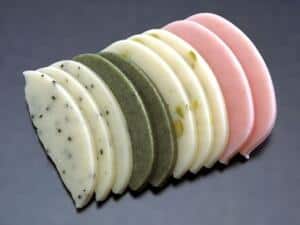

Comments